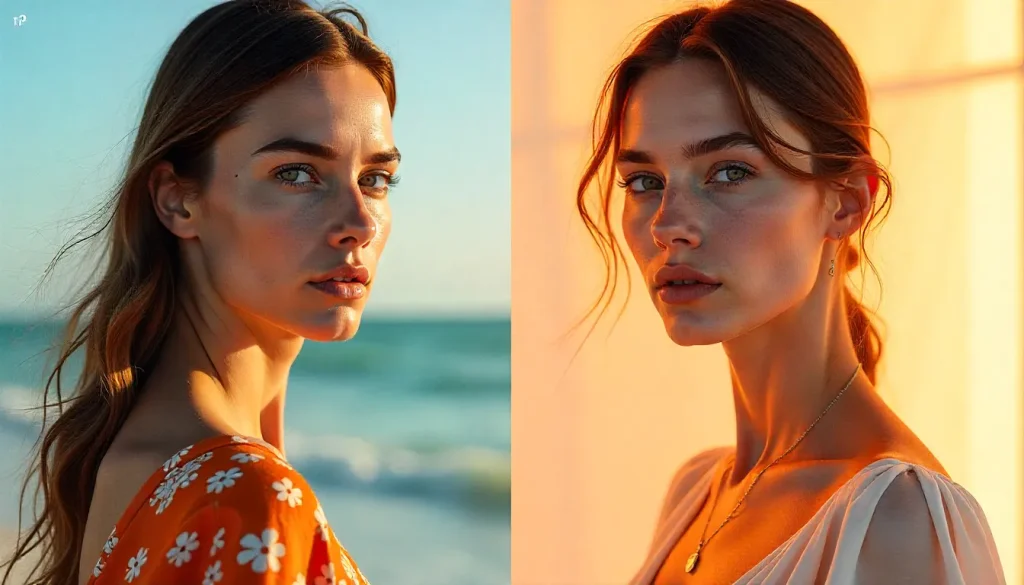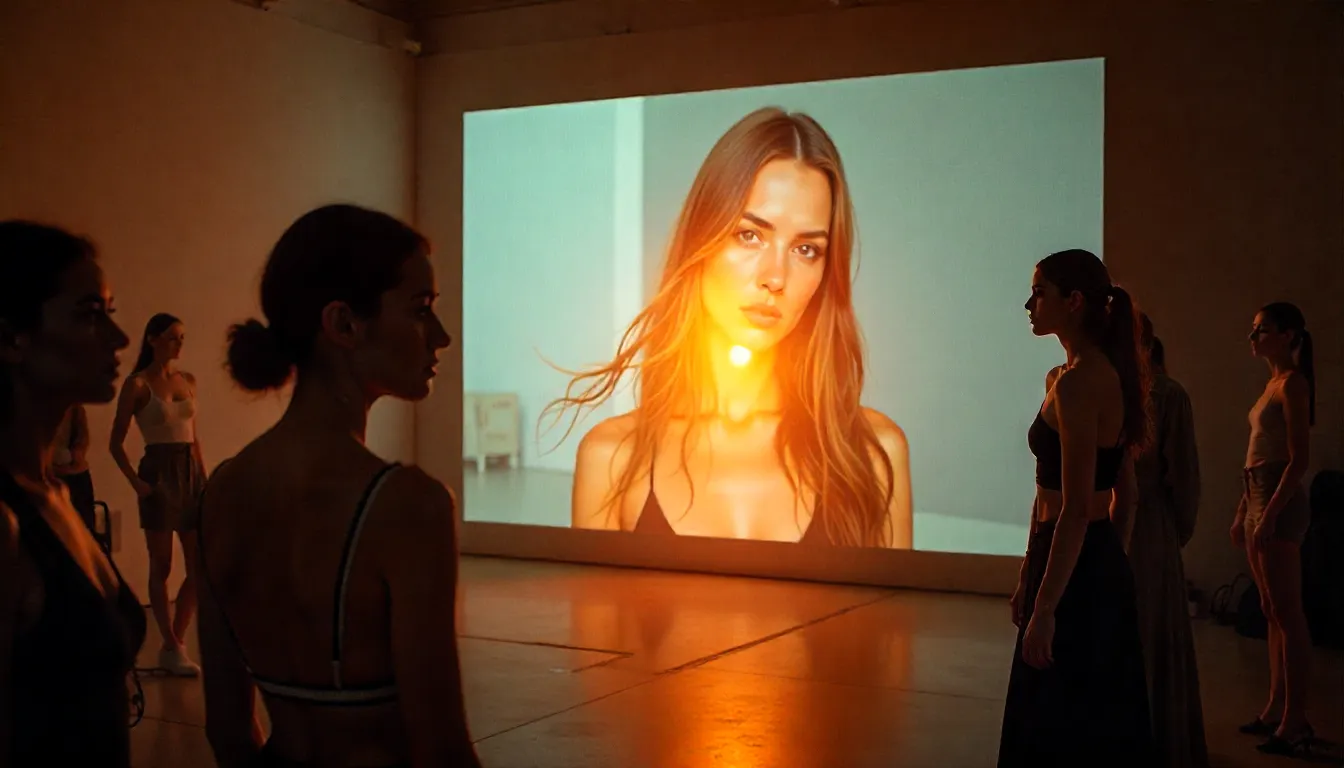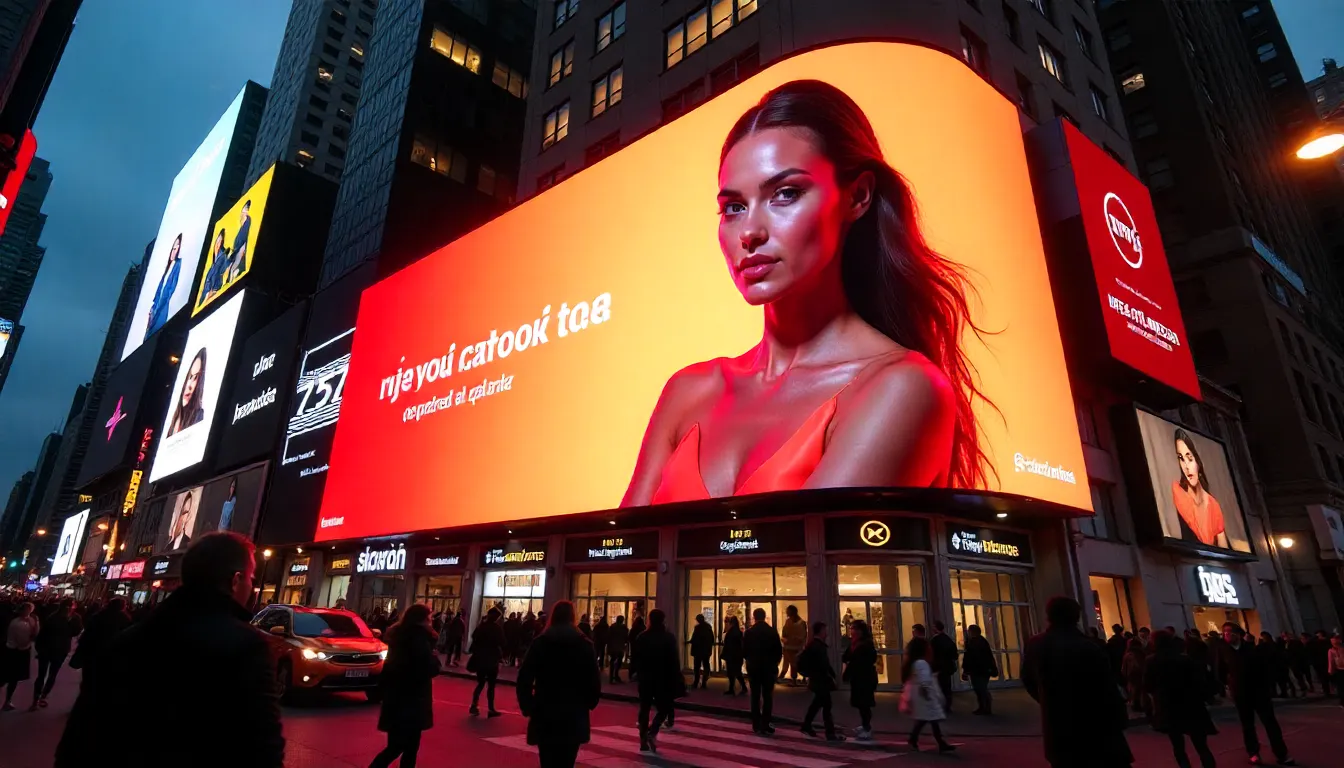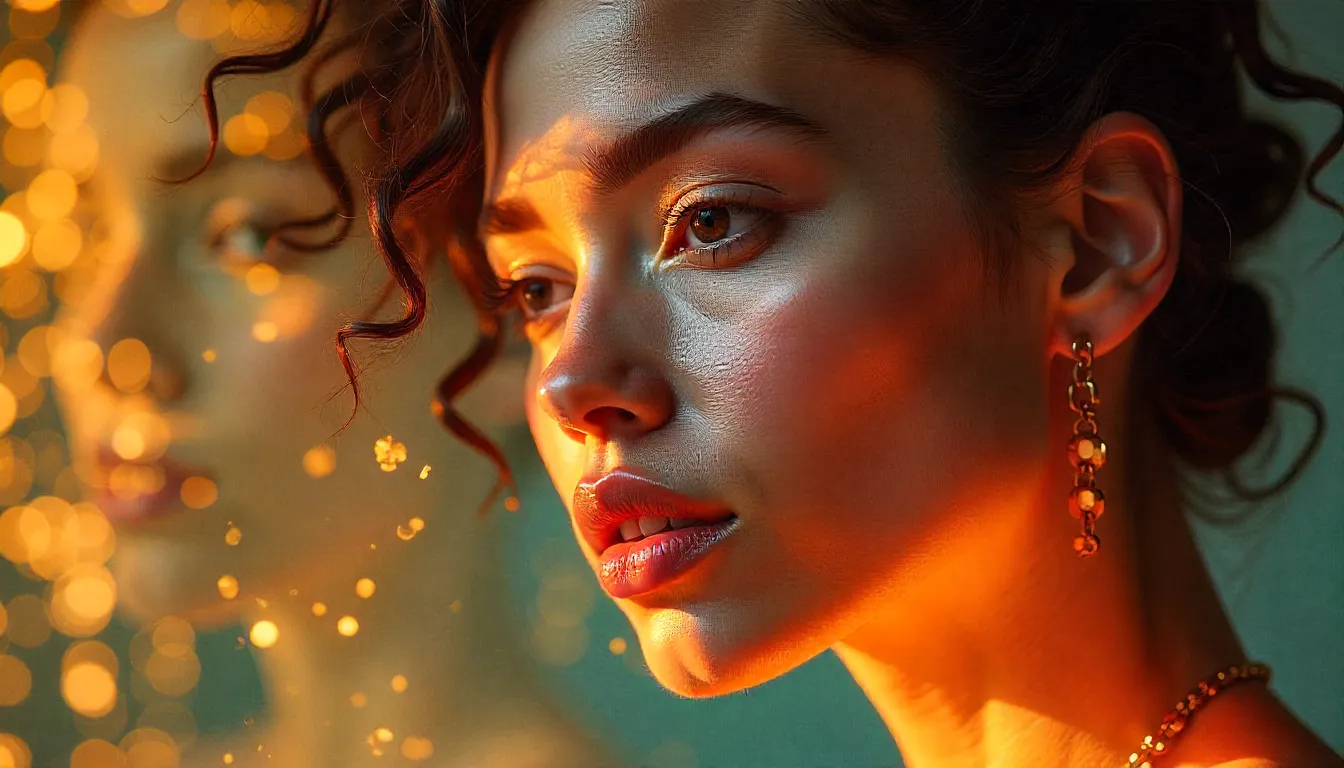How AI-Generated Models Are Revolutionizing Fashion: The Ultimate Game-Changer Brands Can’t Ignore
The fashion industry stands at the precipice of a revolutionary transformation. AI-generated models are not just disrupting traditional fashion photography—they’re completely redefining how brands showcase their collections, engage consumers, and build their visual identity. With McKinsey analysts predicting that Generative AI could add anywhere from $150 billion to $275 billion in profits to the fashion industry by 2030, the question isn’t whether you should embrace this technology, but how quickly you can adapt.
This comprehensive guide reveals everything you need to know about AI-generated models and their profound impact on fashion commerce, from cost-saving strategies to creative possibilities that were unimaginable just two years ago.
What Are AI-Generated Models and Why They’re Taking Over Fashion
AI-generated models are sophisticated digital avatars created using artificial intelligence algorithms that can realistically showcase clothing and accessories without the need for human models. These virtual fashion models leverage advanced machine learning technologies to produce photorealistic images that are often indistinguishable from traditional photography.
The technology operates through several key mechanisms:
Generative Adversarial Networks (GANs) create realistic human features and body proportions, while computer vision algorithms ensure accurate clothing fit and draping. Advanced neural networks handle lighting, shadows, and texture mapping to achieve photorealistic results. Style transfer techniques allow brands to maintain consistent aesthetic across diverse model representations.
According to the BoF-McKinsey State of Fashion 2024 Survey, “73% of fashion executives said generative AI will be a priority for their businesses in 2024.” This massive adoption indicates that AI-generated models have moved beyond experimental technology to become a strategic necessity.

The Economic Revolution: How AI Models Are Slashing Fashion Industry Costs
The financial implications of AI-generated models are staggering. Traditional fashion photography involves substantial costs including model fees, photographer rates, studio rentals, makeup artists, stylists, and post-production editing. A single professional fashion shoot can cost anywhere from $5,000 to $50,000 depending on the scope and talent involved.
Cost Comparison Breakdown:
Traditional Fashion Shoot | AI-Generated Models | |||
|---|---|---|---|---|
Model fees: $500-$5,000 per day | $0 | |||
Photographer: $1,000-$10,000 | $0 | |||
Studio rental: $500-$2,000 | $0 | |||
Styling/Makeup: $300-$1,500 | $0 | |||
Post-production: $200-$1,000 | Minimal ($50-$200) | |||
Total: $2,500-$19,500+ | $50-$500 per campaign |
Leading platforms report that brands can “save up to 50% on photography and travel by using AI-generated fashion models instead of traditional shoots.” This dramatic cost reduction enables smaller brands to compete with established players while allowing larger companies to allocate resources toward product development and marketing innovation.
The speed advantage is equally compelling. AI systems can “edit hundreds of images in seconds with AI fashion model video generators—creating high-quality visuals instantly” and “speed up campaign launches” compared to traditional photography workflows that require weeks of planning and execution.
Leading Platforms Transforming Fashion Visual Content
The AI-generated model landscape features several pioneering platforms, each offering unique capabilities:
Botika emerged as an industry leader, helping “clothing brands and retailers make beautiful and realistic fashion photos using virtual models” while simplifying “the photo creation process, saves money and helps you get your clothing collections out to customers quicker.”
VModel focuses specifically on ecommerce applications, providing brands with virtual models that enhance diversity representation while reducing production timelines. Their platform emphasizes quick market response capabilities.
Modelia.ai specializes in both image and video generation, offering comprehensive solutions for brands seeking dynamic content across multiple channels.
FASHN concentrates on virtual try-on technology, combining AI-generated models with advanced fitting algorithms to create realistic product demonstrations.
These platforms typically operate through simple workflows: brands upload product images or flat-lay photos, select model characteristics (age, ethnicity, body type, pose), and receive professional-quality images within minutes or hours rather than weeks.
Creative Possibilities: Beyond Traditional Fashion Photography
AI-generated models unlock creative opportunities that would be impossible or prohibitively expensive with traditional photography. Brands can now:
Achieve Unlimited Diversity: Create models representing every demographic without geographic or availability constraints. This capability addresses growing consumer demands for inclusive representation while ensuring every target audience sees themselves reflected in brand imagery.
Experiment with Impossible Scenarios: Generate fashion content in exotic locations, fantasy settings, or historical periods without travel costs or logistical complexities. Imagine showcasing swimwear collections on Mars or vintage clothing in accurately recreated 1920s environments.
Maintain Consistent Brand Aesthetics: AI models can be programmed to maintain specific visual styles, ensuring brand consistency across seasons and collections. This consistency builds stronger brand recognition and customer loyalty.
Rapid A/B Testing: Generate multiple variations of the same concept instantly, enabling data-driven decisions about which visual approaches resonate most with target audiences.
Recent studies show that advanced AI systems like “DALL-E 3 was able to perfectly implement the prompts 67.6% of the time” with particularly high success rates for “prompts with adjectives” and generating images “very similar to the actual 2024 Fall/Winter Men’s fashion collections.”

Industry Challenges and Ethical Considerations
While AI-generated models offer tremendous opportunities, the fashion industry must navigate several significant challenges:
Employment Impact: Traditional fashion models, photographers, and associated creative professionals face potential job displacement. Industry workers “are concerned that their jobs are at risk” as brands increasingly adopt AI-generated alternatives. Progressive companies are addressing this by retraining talent for AI collaboration roles rather than replacement.
Authenticity Concerns: Consumers increasingly value authentic brand experiences. Brands must balance cost efficiency with maintaining emotional connections that real human models can provide. Successful implementation often involves transparent communication about AI usage.
Technical Limitations: Current AI technology still struggles with complex fabric textures, intricate details, and certain lighting conditions. Brands must carefully evaluate which products and scenarios work best with AI-generated content.
Regulatory Considerations: Legal frameworks are evolving, with “New York state” having “signed into law a fashion” regulation addressing AI-generated content usage. Brands must stay current with emerging regulations and disclosure requirements.
Future Trends: What’s Coming Next in AI Fashion Modeling
The trajectory of AI-generated models points toward even more sophisticated capabilities:
Hyper-Personalization: Future systems will generate models that match individual customer demographics and preferences, creating personalized shopping experiences where every visitor sees products on models that resemble themselves.
Real-Time Generation: Advanced algorithms will create custom fashion content instantly based on browsing behavior, seasonal trends, and inventory levels.
Interactive Experiences: AI models will evolve beyond static images to become interactive consultants, helping customers understand fit, styling options, and coordinating pieces through conversational interfaces.
Sustainability Integration: Future AI systems will be able to “generate new design projects from start to finish, with minimal human input” including “everything from branding to marketing campaigns, product design, and development.” This comprehensive approach will reduce waste throughout the fashion supply chain. As AI models slash campaign costs, brands can reinvest those savings into high-end craftsmanship and timeless pieces like quiet luxury handbags.
Cross-Platform Consistency: AI models will maintain consistent appearances across websites, social media, virtual reality shopping experiences, and augmented reality try-on applications.
Creative Possibilities and Future Applications: Brands can also use AI-generated models to showcase different styling directions—from dramatic runway looks to polished office outfit ideas.
Implementation Strategy: How to Integrate AI Models Into Your Fashion Brand
Successfully adopting AI-generated models requires strategic planning and phased implementation:
Phase 1: Assessment and Testing Begin with low-risk product categories and secondary marketing channels. Test customer response and internal workflow integration before expanding to primary brand imagery.
Phase 2: Platform Selection Evaluate platforms based on your specific needs: product types, target demographics, technical requirements, and budget constraints. Consider starting with platforms offering free trials or low-cost entry points.
Phase 3: Creative Guidelines Develop clear guidelines for AI model usage that align with brand identity and values. Establish quality standards and approval processes to maintain consistency.
Phase 4: Team Training Invest in training for marketing and creative teams to maximize AI platform capabilities. Consider hiring specialists with AI fashion experience.
Phase 5: Performance Monitoring Track key metrics including conversion rates, engagement levels, production costs, and customer feedback to optimize your AI model strategy continuously.

Measuring Success: Key Performance Indicators
Monitor these essential metrics to evaluate AI-generated model effectiveness:
- Conversion Rate Changes: Compare purchase rates for products showcased with AI models versus traditional photography
- Production Cost Reduction: Calculate total savings including time, labor, and resource expenses
- Content Production Volume: Measure increased output capacity and campaign frequency
- Customer Engagement: Analyze click-through rates, time-on-page, and social media interactions
- Brand Perception: Survey customer attitudes toward AI-generated content and brand authenticity
Embracing the AI Fashion Revolution
AI-generated models represent more than a cost-cutting tool—they’re a gateway to unprecedented creative freedom and operational efficiency. As consumer expectations evolve and technology advances, brands that embrace this revolution will gain significant competitive advantages in visual storytelling, market responsiveness, and customer engagement.
The fashion industry’s AI transformation is accelerating rapidly. Companies that act now will shape the future of fashion commerce, while those who hesitate risk being left behind in an increasingly digital marketplace. The question isn’t whether AI-generated models will become standard practice—it’s how quickly you can harness their potential to elevate your brand’s success.
